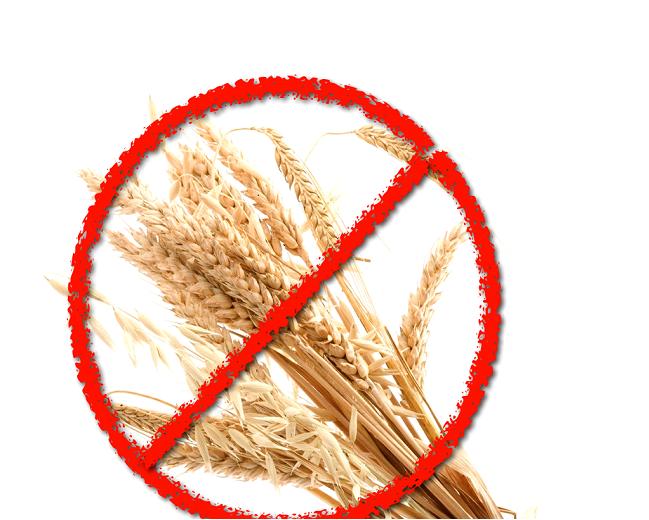Wheat Allergy Symptoms, Causes, Diagnosis and Treatment

What Is Wheat Allergy?
It is an allergic response against the wheat-containing foods. It can consequent from wheat consumption, though, in few instances, by breathing in wheat flour.
Generally, wheat is found in a number of foods, in few, one may not have even thought, for example ketchup, soy sauce and beer. Primary treatment for the condition is to avoid wheat-containing foods. In short, avoid the allergen, wheat! However medications can be required for controlling the allergic reactions one may experience in case of consuming wheat containing foods accidentally.
What Are The Symptoms Of Wheat Allergy?
Symptoms of wheat allergy tend to arises within minutes-hours after consuming wheat-containing food. Few of which include:
- Headache.
- Nasal congestion.
- Diarrhea.
- Irritation, itching or swelling of the throat or mouth.
- Difficulty breathing.
- Itchy eyes.
- Watery eyes.
- Breathing difficulties.
- Swelling of the skin.
- Itchy rash on the skin.
- Hives on skin.
- Nausea and vomiting.
- Cramps.
- Anaphylaxis.
What Causes Wheat Allergy?
It is the response of immune system. Immune system of our body protects us against the foreign pathogens and bodies for example toxic substances, viruses and bacteria. When the immune system of a body assumes a ‘safe’ substance as ‘harmful’, allergic reaction occurs.
In case one is allergic to wheat, then coming in contact with a wheat protein primes his or her immune system for a reaction. Gluten, gliadin, globulin and albumin, are the 4 classes of wheat proteins. One may develop allergy to any one of the four classes.
More specifically, the immune system of a person with wheat allergy interprets wheat protein as ‘harmful’, thus attacks them.
What Are The Risk Factors Of Wheat Allergy?
Few factors that may put you at a risk of developing wheat allergy are:
- Age: it is more commonly observed in toddlers and babies, as they have immature digestive and immune system.
- Family history: in case your parents have any allergy for example hay fever or food allergy, then you are more prone to contract wheat allergy.
How Is Wheat Allergy Diagnosed?
Few tests, medical history and a thorough physical exam help a doctor diagnose wheat allergy. Certain tests and procedures can include:
- Blood test.
- Skin test.
- Food challenge testing.
In addition to this, the doctor will ask the patient to maintain a record of what and when the patient eats and when the symptoms tend to arises for a time.
The doctor will also suggest the patient to remove some common food allergens from the diet. Under his directions, the patient will slowly add the foods again one by one, observing when the symptoms recur.
How Is Wheat Allergy Treated?
Simply by avoiding wheat proteins, one can avoid allergic reactions. Drugs used for treating allergic reactions include antihistamines and epinephrine. In case of anaphylactic reaction, the person will need emergency medical assistance.
Prevention:
- Dine out carefully.
- Get yourself a wheat-free cookbook.
- Purchase gluten-free foods.
- Before consuming a product, read the label to ensure it is free of allergen.
- Always keep others informed about your allergy.
By : Natural Health News




